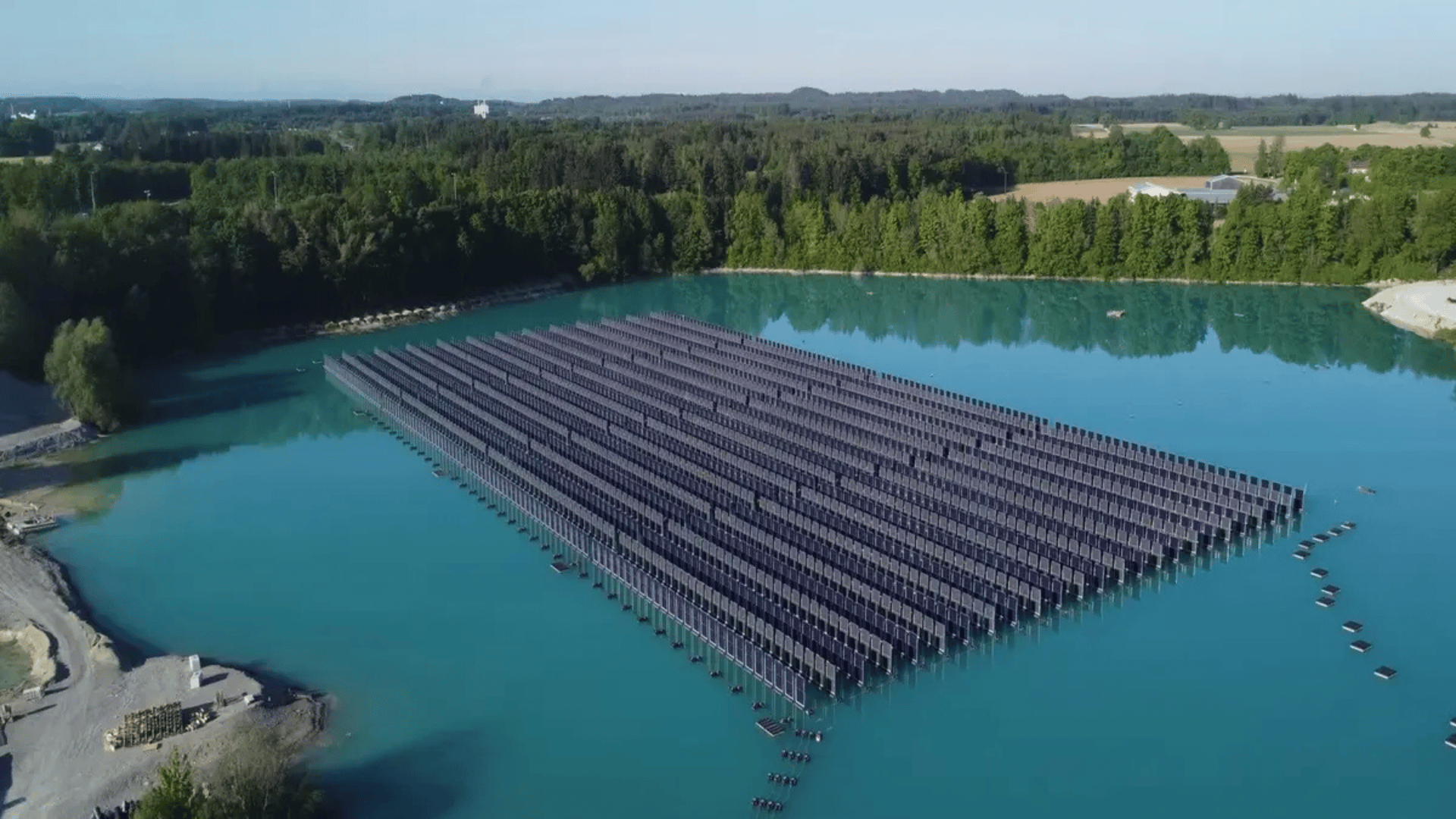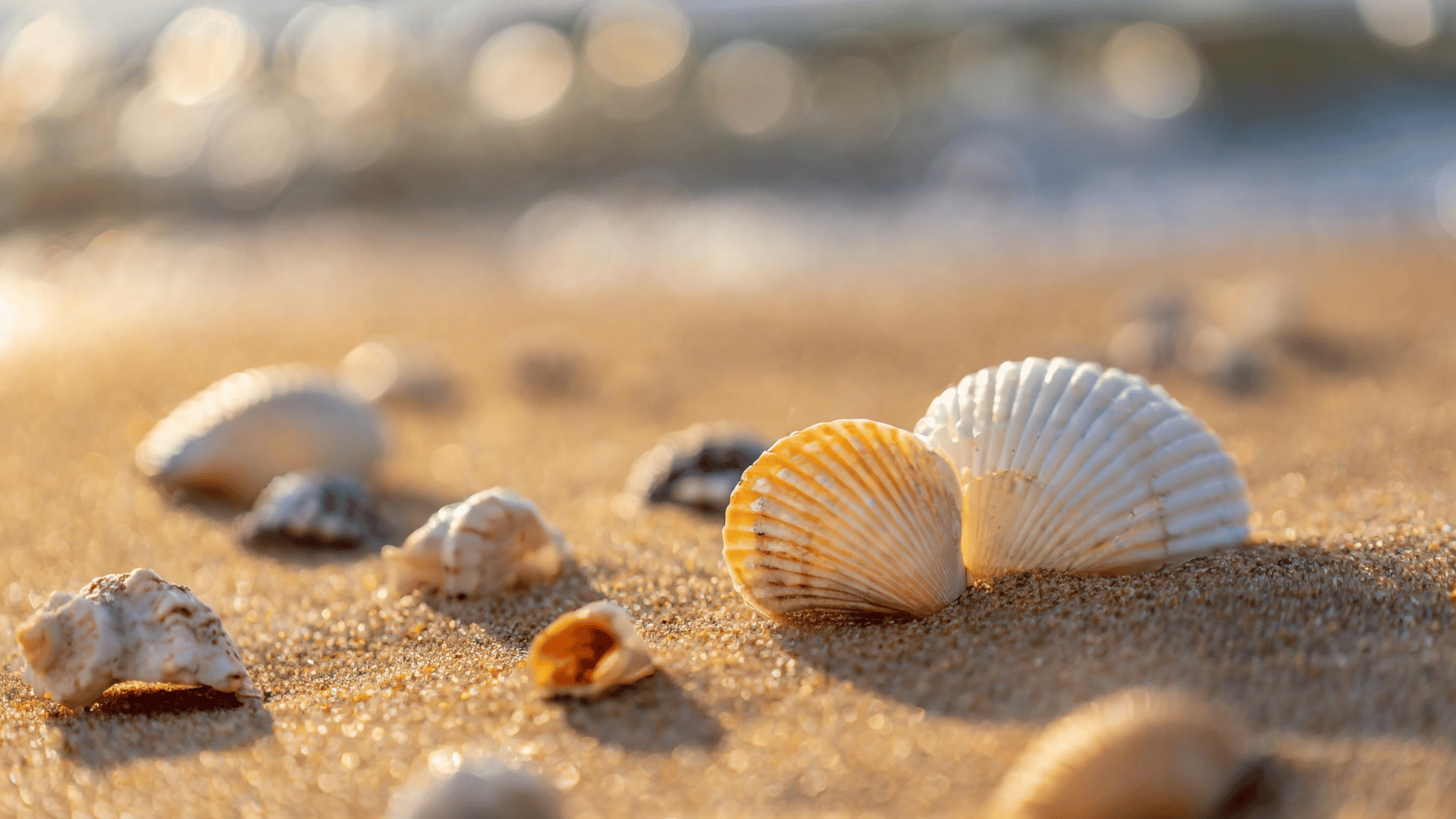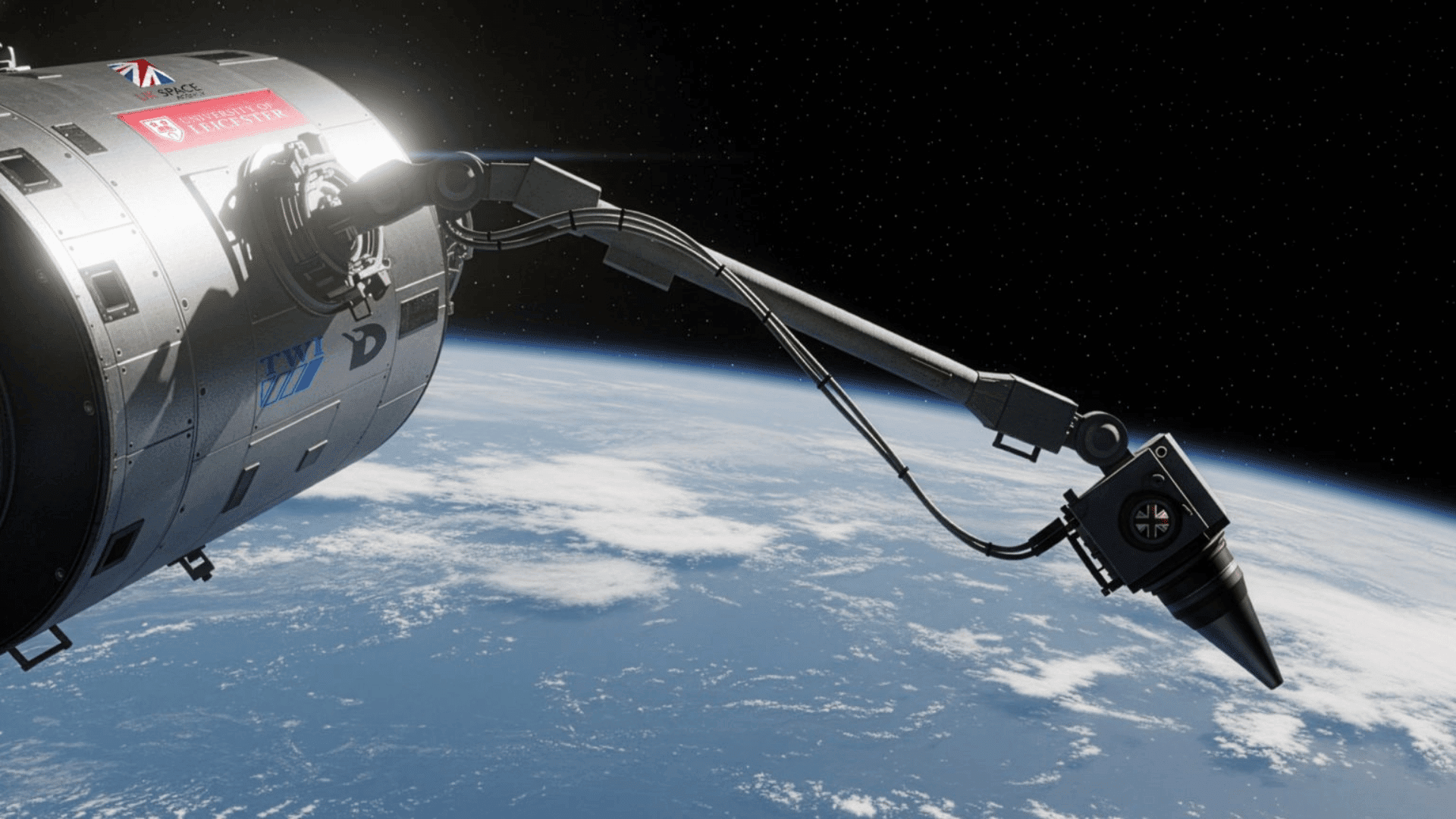The world’s first vertical floating solar power plant was recently commissioned by a German renewable energy solutions company. Located at the Jais gravel pit in the Starnberg district of Bavaria, the plant is expected to produce roughly two gigawatt-hours (GWh) of electricity annually.
Vertical Floating Solar Power Plant

With an installed capacity of 1.87 megawatts (MW), this is enough energy to power hundreds of households while occupying a mere 4.65 percent of the lake’s surface area, according to SINN Power.
During its initial phase, the system reduced the site’s grid power use by nearly 60 percent. It’s expected to reach up to 70 percent efficiency once fully optimized.
The firm’s patented Skipp-Float system introduces a vertical east-west orientation for the panels, separating them with open water corridors at least 13 feet (four meters) wide. This benefits air circulation and light reflection.
The setup enables balanced power generation throughout the day, increasing output during morning and evening hours when less electricity is typically produced with conventional PV installations.
“Relatively easy to carry out, as it does not require any land and adapts perfectly to our production plant, which operates during the day, especially in the sunniest months of March to December, so it can use much of the electricity generated,” said Gottfried Jais, the director of Kies- und Quetschwerk Jais, which operates the gravel pit.
The modules are anchored approximately 5.2 feet (1.6 meters) below the surface. This allows them to move flexibly in response to changing water levels and wind.
The plant connects to the grid via a floating cable and a shore-based feed-in point, ensuring the lake’s ecosystem remains undisturbed. Early environmental monitoring suggests the installation has had no negative ecological impact.
In fact, SINN Power reported that the system has actually improved the water quality and created new habitats for fish and waterfowl around the floating structures.
“We are following the topic of energy storage and conversion with interest and are eager to see whether there will soon be workable and economical solutions here, too,” Jais stated.







